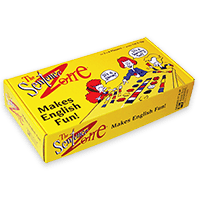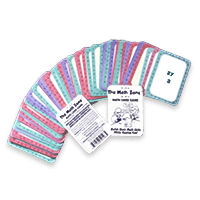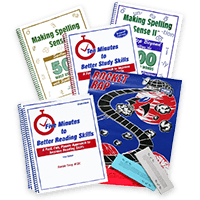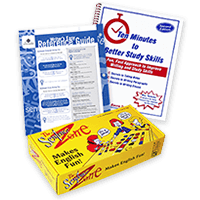[vc_row][vc_column][vc_column_text]
What are Visual, Auditory, and Kinesthetic (VAK) Learning Styles?
Comprehending and using spoken and written language (reading) depends on the initial detection of sensory input (VAK) and perceptual analysis of the auditory, visual, kinesthetic, and input to the central nervous system. Researchers (Torgesen, Wagner, & Rashotte, 1994) discovered that students who struggle need more explicit and intense instruction than those who don’t.
Furthermore, intensive and strategic instruction in segmenting and blending at the phoneme level is warranted (e.g., Snider, 1995). Further research by Chard and Osborn, 1998, states that specific principles need to be in place with instruction to be effective.
The first step to start with is the sound symbol relationship, modeling from larger units (words and rhyme) to smaller units, which are the individual phonemes. Then, move from the easier tasks of rhyming to more complex tasks of blending and segmenting.
It is critical to use additional activities and strategies to facilitate the manipulation of sounds and print (reading material) and writing. Additionally, the automaticity of the phonological processes is important in all of three learning areas: auditory, visual, and tactile/kinesthetic. And, within this automaticity, we need to keep in mind that each of the 5 steps of the reading process is impacted by multiple of the 27 areas of perception. When those areas are addressed with specific skill instruction, reading and learning skills improve quickly.
A variety of activities that comprehensively address skills through auditory, visual and tactile/kinesthetic modes of learning is critical to improving auditory processing, visual processing, and tactile/kinesthetic processing, ultimately improving all learning and reading skills.
[/vc_column_text][/vc_column][/vc_row]



















